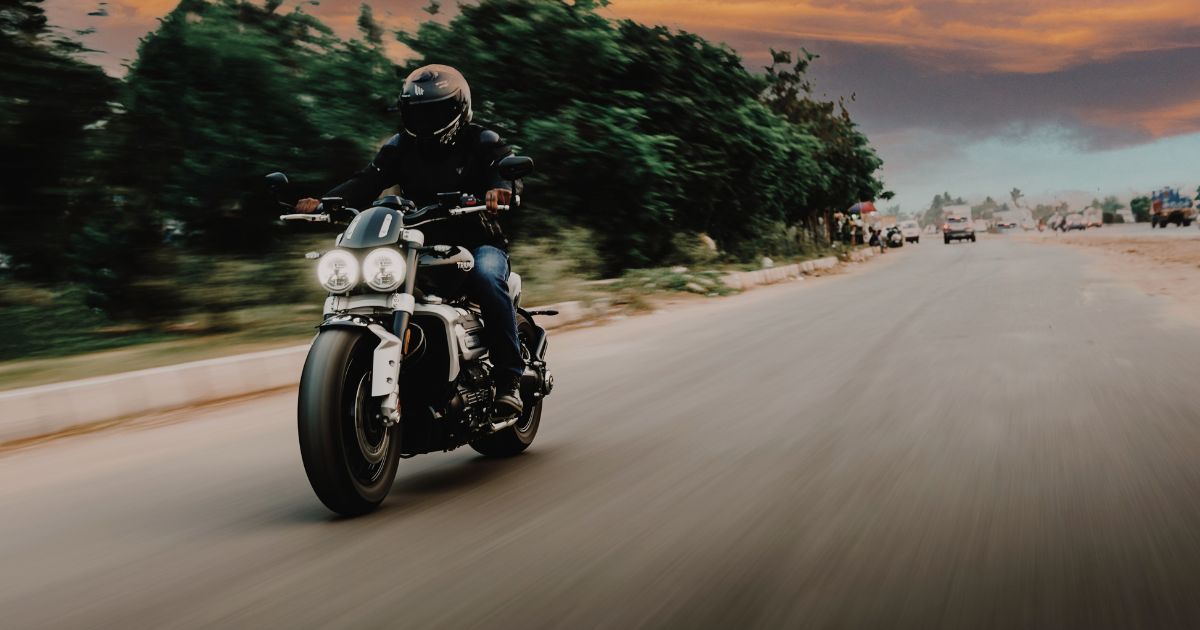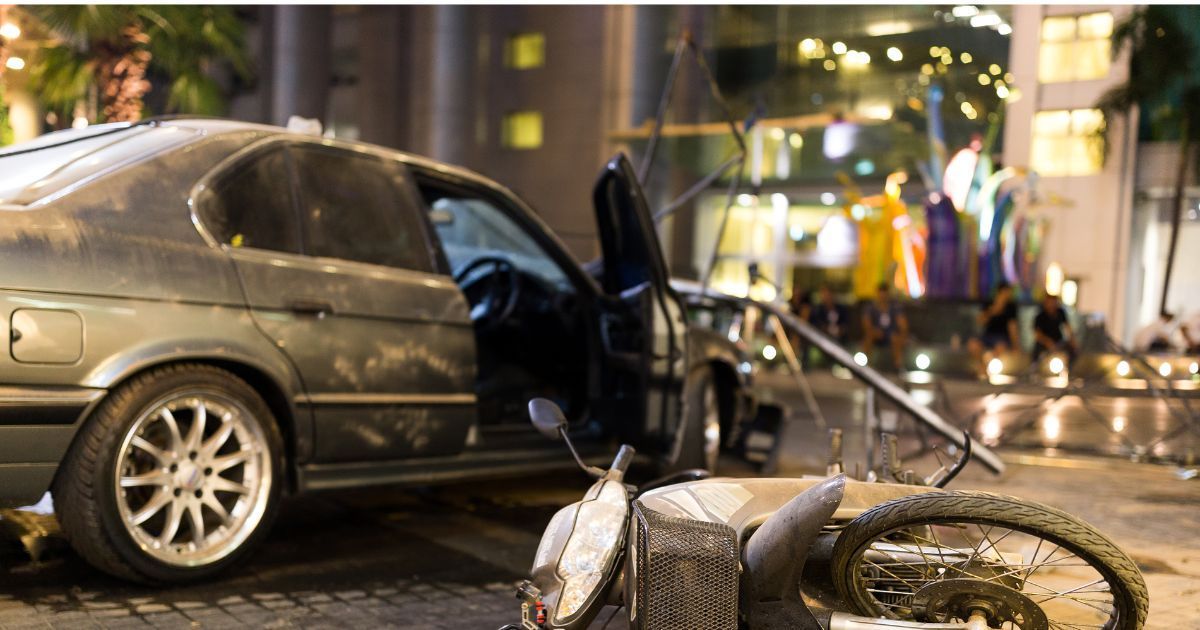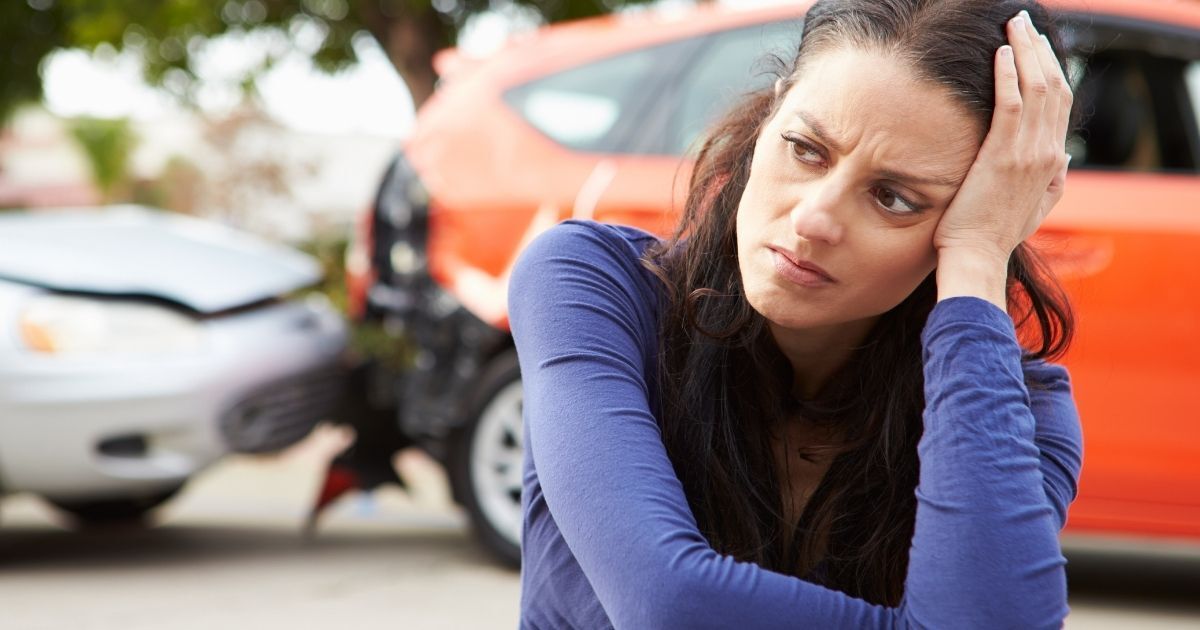17 Common Causes of Motorcycle Accidents in Massachusetts
Recent Posts
Frequently Asked Questions (FAQ)
What’s the Most Common Cause of Motorcycle Accidents in Massachusetts?
Failure to yield by car drivers, especially during left-hand turns, tops the list, causing nearly 40–50% of multi-vehicle crashes. This aligns with the 1,800–2,000 annual incidents, particularly in busy Norfolk and Bristol counties.
Are Motorcycle Accidents More Deadly in Massachusetts Than Elsewhere?
Yes, somewhat—80% of crashes here result in serious injury or death, higher than the national average (around 60–70%), due to dense traffic and rural road risks. The 450 deaths over 10 years reflect this elevated severity.
How Does Weather Affect Motorcycle Crashes in Massachusetts?
Rain and snow significantly increase crash risk by reducing traction, contributing to the 66% of fatalities on rural roads like those in Plymouth County. Wet weather likely factored into dozens of the 160–180 county deaths since 2015.
Can I Sue If a Pothole Caused My Accident?
Yes, if poor road maintenance caused the crash, you might sue the responsible municipality (e.g., in Plymouth or Bristol counties). You’d need to prove negligence and file within three years, though such cases are tough to win.
Does Not Wearing a Helmet Make Accidents More Common?
No, it doesn’t cause crashes, but Massachusetts’ mandatory helmet law (90% compliance) reduces fatality severity. Non-compliance, rare here, might worsen outcomes, as seen in some of the 24 young rider deaths in 2018.
Why Are Intersections So Dangerous for Motorcyclists?
Intersections combine high traffic, turning vehicles, and visibility issues—41% of serious injuries occur there. In Brockton (Plymouth County) or Quincy (Norfolk County), these factors likely drove many of the decade’s 60–120 fatalities.
How Frequent are Motorcycles Accidents?
Motorcycle accidents in Massachusetts are a persistent safety concern, with the state recording significant incidents over the past decade (2015–2024). From 2015 to 2022, Massachusetts averaged around 45–50 motorcyclist fatalities annually, peaking at 59 in 2018, with a total of approximately 450 deaths over the 10-year span, per MassDOT and NHTSA data. Injuries are even more common, with roughly 1,800–2,000 crashes yearly, 80% resulting in serious injury or death.
In Norfolk, Plymouth, and Bristol counties - key areas south of Boston - Plymouth consistently ranks high, reporting 7 deaths in 2015 and an estimated 5–7 annually through 2024, totaling around 60 fatalities. Norfolk and Bristol together averaged 10–12 deaths per year, summing to about 100–120 over the decade, based on regional crash trends and population density.
Understanding the common causes behind these incidents can help riders stay safer on roads like I-95, Route 3, and the busy streets of Metrowest.
1. Human Error
Human error, often from car drivers rather than motorcyclists, is a leading cause of crashes in Massachusetts. The state’s dense traffic and urban sprawl amplify these risks, especially in counties like Norfolk and Bristol, where commuter routes intersect with motorcycle-friendly roads.
2. Failure to Yield or Look Properly
Car drivers failing to see motorcyclists - especially at intersection - account for nearly 40% of multi-vehicle motorcycle crashes. In 2018, Spada Law noted this as a top cause in Boston-area accidents, a trend likely holding across Norfolk and Plymouth counties due to heavy traffic on roads like Route 24.
3. Distracted Driving
Texting, phone use, or other distractions cause drivers to miss smaller vehicles like motorcycles. With over 1,800 annual crashes statewide, distracted driving contributes significantly, particularly in urban Bristol County areas like Taunton, where congestion heightens the risk.
4. Left-Hand Turns
About half of car-versus-motorcycle collisions involve a car turning left into a biker’s path, often because the rider is in a blind spot. This is prevalent in Plymouth County’s Brockton or Norfolk’s Quincy, where busy intersections see frequent turning traffic.
5. Motorcyclist Behavior
While external factors play a big role, rider actions also contribute to Massachusetts’ accident toll. The state’s 90% helmet compliance rate (far above the national 71%) mitigates some risks, but certain behaviors still drive up the roughly 450 deaths seen from 2015 to 2024.
6. Speeding
Motorcycles built for speed tempt riders to exceed limits, reducing reaction time. Speeding is a factor in over 30% of single-vehicle crashes, with rural Plymouth County roads like Route 44 seeing higher rates due to open stretches inviting excess velocity.
7. Drugs or Alcohol Impairment
Alcohol plays a major role, with 27% of fatal motorcycle crashes in 2017 involving impaired riders—higher than for cars (21%). Across the decade, this likely contributed to dozens of the 100–120 fatalities in Norfolk and Bristol counties, especially on weekend nights.
8. Driver Inexperience
New riders, common in suburban areas like Metrowest, often lack the skills to handle Massachusetts’ variable roads. Inexperience may account for some of the 24 deaths of riders under 29 in 2018, a pattern persisting in training-scarce regions like Plymouth County.
9. Road and Environmental Hazards
Massachusetts’ diverse terrain and weather create hazards beyond human control. From Norfolk’s urban gridlock to Bristol’s coastal routes, these conditions exacerbate the 1,800–2,000 annual crashes.
10. Poor Road Conditions
Potholes, gravel, and uneven pavement—common on secondary roads in Plymouth and Bristol counties—can destabilize a bike. In 2015, Plymouth’s 7 fatalities partly tied to rural road upkeep issues, a recurring challenge through 2024
11. Weather Hazards
Rain, fog, and snow slicken roads, reducing traction. With 66% of fatalities occurring on rural roads (per NHTSA), wet conditions in Norfolk’s Weymouth or Bristol’s Fall River likely contributed to the decade’s 100+ county deaths.
12. Blind Spots and Visibility
Motorcycles’ small size makes them hard to spot, especially in low-light or heavy traffic. This visibility issue, noted in 2018’s 59 statewide deaths, is acute in dense Norfolk County, where Quincy’s tight streets obscure riders.
13. Vehicle Interactions
Collisions with other vehicles dominate multi-party accidents, reflecting Massachusetts’ busy roadways. The 80% injury/death rate underscores how these interactions turn deadly, particularly in high-traffic zones.
14. Lane Changes
Drivers switching lanes without checking mirrors often clip motorcyclists, a frequent issue on I-95 through Norfolk and Bristol counties. This contributed to the estimated 10–12 annual fatalities in these areas over the decade.
15. Rear-End Collisions
Sudden stops in traffic catch riders off guard, especially in stop-and-go Bristol County cities like Taunton. Rear-end crashes, while less fatal, inflate the 1,800 yearly injury tally statewide.
16. Open Car Doors
Cyclists and motorcyclists alike face risks when drivers open car doors without checking their surroundings. This makes heightened awareness essential for riders, particularly in urban areas.
17. Intersection Crashes
Intersections, where 41% of serious injuries occur (per NHTSA), are hotspots due to crossing traffic. Plymouth’s Brockton, with its grid layout, likely saw a chunk of its 60-decade deaths at such points.
Understanding these causes backed by a decade of data showing 450 statewide deaths and 160–180 in Norfolk, Plymouth, and Bristol counties can guide riders and drivers alike. Awareness and precaution are key to cutting Massachusetts’ persistent motorcycle accident toll.
Hurt in a Motorcycle Crash in Massachusetts?
If you’ve been injured in a motorcycle accident and seek fair compensation, the wisest move is to understand your legal rights before proceeding. Avoid speaking with insurance adjusters, signing paperwork, or hiring a lawyer until you’re armed with the knowledge to make a well-informed decision. Schedule a free consultation with Jason Rarnallo today to take the first step.









